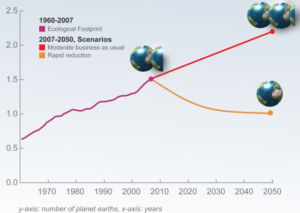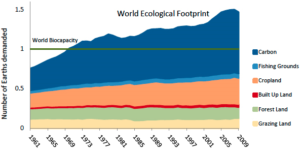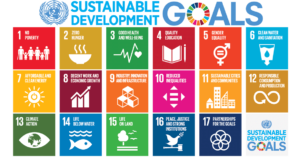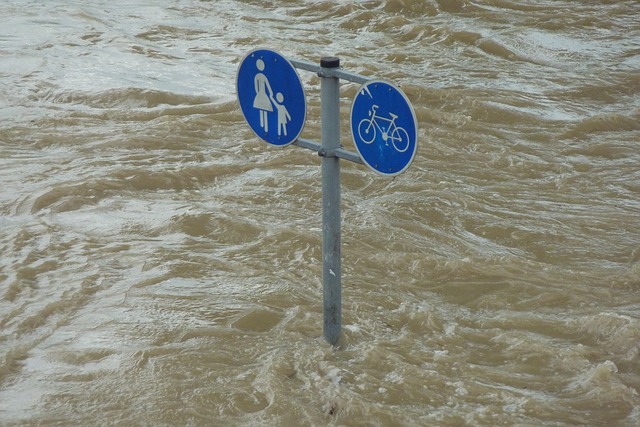How does climate change relate to overall sustainability and CSR?
Back in 1987, the Brundtland commission gave a clear and useful definition of sustainable development. It defines sustainable development as ‘development that meets the needs of the present, without compromising the ability of future generations to meet their own needs’.
The graph of the World Ecological Footprint, shown below, visualizes the amount of land that is needed to sustainably accommodate all human activities. There is only one planet Earth. But in 2018, humanity’s Ecological Footprint has grown to 1.7 Earths already. And we are on track to require the resources of two planets well before mid-century.

Earth Overshoot Day, the date on which humanity’s resource consumption exceeds the Earth’s capacity to regenerate those resources, occurs sooner each year. Mathis Wackernagel and his colleagues of the Global Footprint Network have calculated that in 2018, humanity had used up all of its budget by the 1st of August already.
The largest, and most rapidly growing, component of the Ecological Footprint is the amount of land needed to sequester the ‘carbon’ that is being released into the atmosphere as a result of the burning of fossil fuels and deforestation. If we are to achieve development whilst living within the natural capacity of the Earth, reducing the emission of CO2 and other greenhouse gasses is the most important challenge. See (www.footprintnetwork.org).

Development that causes greenhouse gas emissions and climate change compromises the ability of future generations to meet their needs and is not sustainable.
How does climate change relate to the UN SDG’s and Corporate Social Responsibility (CSR)?
Some people argue that the Brundtland definition of sustainability is not good enough. Rather than not compromise the ability of future generations to meet their needs, we should improve the ability of future generations to meet their needs. The UN SDG’s (Sustainable Development Goals) are a set of 17 strategic global goals that aim to do this.
The SDG’s are a useful set of goals on which to base an organisation’s Corporate Social Responsibility (CSR) policy.

Protecting ourselves and future generations from climate change is included as SDG 13 (‘Climate Action’). It is an important goal in itself, and closely related to all of the other goals.
Climate Action is a precondition for:
SDG 1: ‘No poverty’
SDG 2: ‘Zero hunger’
SDG 3: ‘Good health and well-being’
SDG 6: ‘Clean water and sanitation’
SDG 8: ‘Decent work and economic growth’
SDG 10: ‘Reduced inequalities’
SDG 14: ‘Life below water’
SDG 15: ‘Life on land’
SDG 16: ‘Peace, justice and strong institutions’.
Climate Action is strongly dependent on some of the above, as well as on:
SDG 4: ‘Quality education’
SDG 5: ‘Gender equality’
SDG 7: ‘Affordable and clean energy’
SDG 9: ‘Industry, innovation and infrastructure’
SDG 11: ‘Sustainable cities and communities’
SDG 12: ‘Responsible consumption and production’.
Taking Climate Action, therefore, is a good starting point for tackling the other goals, too.
